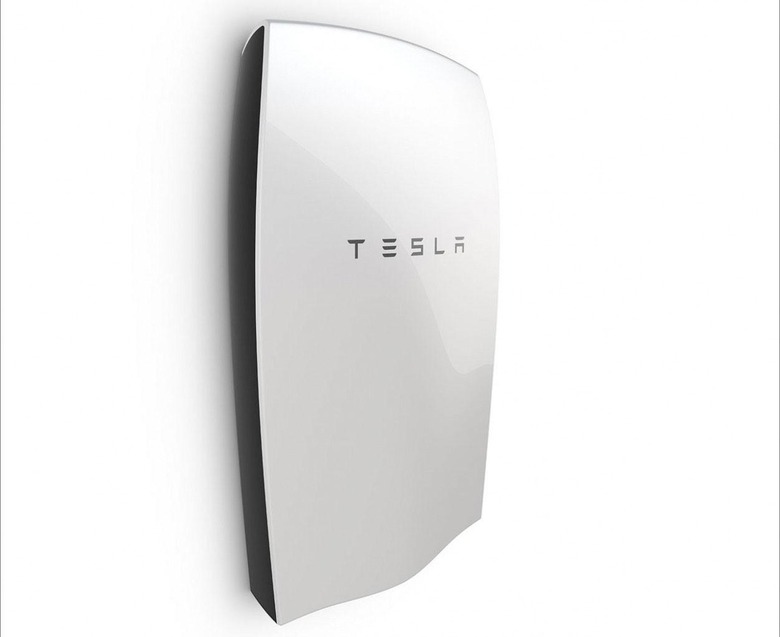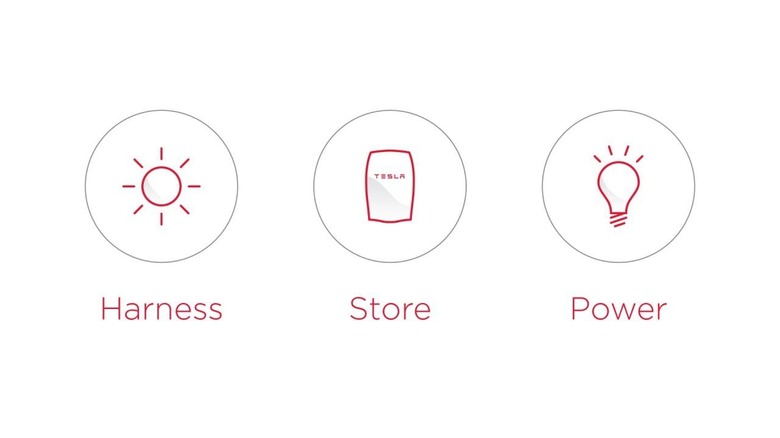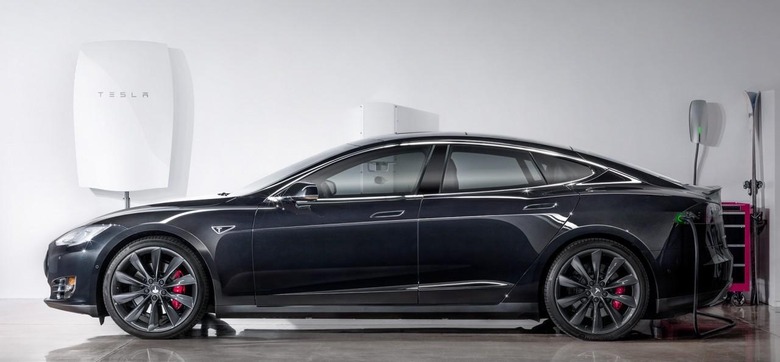Three steps to swiftly understanding Tesla Energy
Tesla Energy was introduced yesterday, bringing about the possibility of a non-fossil fuel grid of energy across the United States and eventually across the planet. "Tesla is not just an automotive company," said Tesla Motors' introduction to Tesla Energy, "it's an energy innovation company. Tesla Energy is a critical step in this mission to enable zero emission power generation." Tesla Energy is "a suite of batteries" that'll go in businesses, homes, and utilities, "fostering a clean energy ecosystem and helping wean the world off fossil fuels."
1. Moving off fossil fuels BEFORE they run out
One of the key elements in bringing Tesla Energy – or indeed any non-fossil fuel solution – into being is moving away from fossil fuels in the first place.
According to Tesla Motors, "once we're able to rely on renewable energy sources for our power consumption, the top 50% of the dirtiest power generation resources could retire early. We would have a cleaner, smaller, and more resilient energy grid."
2. Meet the battery
This is the Tesla Powerwall. It's a wall-mounted lithium-ion battery that's made for your Tesla car – or whatever else you'd like to charge up.

The Tesla Powerwall can be charged with solar power. Connecting it to your already in-place solar power array allows you to capture and store energy for when you need it. Tesla Energy suggests that the battery provides the following three main benefits:
• Load shifting – The battery can provide financial savings to its owner by charging during low rate periods when demand for electricity is lower and discharging during more expensive rate periods when electricity demand is higher
• Increasing self-consumption of solar power generation – The battery can store surplus solar energy not used at the time it is generated and use that energy later when the sun is not shining
• Back-up power – Assures power in the event of an outage

Specifications for the first-generation Tesla Powerwall are as follows:
• Mounting: Wall Mounted Indoor/Outdoor
• Inverter: Pairs with growing list of inverters
• Energy: 7kWh or 10kWh
• Continuous Power: 2kW
• Peak Power: 3kW
• Round Trip Efficiency: >92%
• Operating Temperature Range: -20C (-4F) to 43C (110F)
• Warranty: 10 years
• Dimensions: H: 1300mm W: 860mm D:180mm
3. Tesla Energy is already underway
Unlike many of the technology news stories you read about in the wild today, Tesla Energy is not a startup, nor is it simply a concept. Tesla is all about results – real, physical products and services.

"Tesla is already working with utilities and other renewable power partners around the world to deploy storage on the grid to improve resiliency and cleanliness of the grid as a whole."
The Tesla Powerwall battery will cost installers $3500 for 10kWh and $3000 for 7kWh. This price excludes the price of the inverter and installation, and deliveries will begin in late Summer of 2015.
